Growing Demand for Personal Safety Devices
The growing demand for personal safety devices is influencing the alcohol sensor market. Consumers are increasingly prioritizing safety and health, leading to a rise in the adoption of personal breathalyzers. These devices are not only used by individuals but are also gaining traction among event organizers and venues to ensure responsible alcohol consumption. The alcohol sensor market is experiencing a shift as more consumers seek portable and easy-to-use devices that can provide immediate feedback on their alcohol levels. Market analysis indicates that the personal alcohol sensor segment is expected to witness a growth rate of approximately 12% annually, reflecting a broader trend towards self-monitoring and personal responsibility.
Technological Innovations in Sensor Design
Technological innovations in sensor design are significantly impacting the alcohol sensor market. Advances in miniaturization and sensor accuracy have led to the development of more efficient and user-friendly devices. For instance, the introduction of portable breathalyzers with enhanced sensitivity and faster response times is transforming how alcohol consumption is monitored. The alcohol sensor market is witnessing a surge in demand for these advanced devices, particularly in personal and professional settings. Market data suggests that the segment for portable alcohol sensors is projected to grow at a CAGR of around 10% over the next five years. This growth is indicative of a broader trend towards integrating sophisticated technology into everyday safety measures.
Increased Regulatory Compliance Requirements
Increased regulatory compliance requirements are shaping the alcohol sensor market. Various sectors, including transportation and hospitality, are facing stricter regulations regarding alcohol consumption and safety. For example, the implementation of mandatory breathalyzer tests for commercial drivers is becoming more prevalent, thereby driving demand for reliable alcohol sensors. The alcohol sensor market is likely to see growth as businesses invest in compliance solutions to avoid penalties and enhance safety protocols. Additionally, the rise in workplace safety regulations is prompting employers to adopt alcohol monitoring systems, further expanding the market. As regulations evolve, the need for innovative and compliant alcohol sensor solutions will continue to rise.
Expansion of Alcohol Monitoring in Workplaces
The expansion of alcohol monitoring in workplaces is a notable driver for the alcohol sensor market. Employers are increasingly recognizing the importance of maintaining a safe work environment, particularly in industries where safety is paramount, such as construction and transportation. Implementing alcohol testing protocols can help mitigate risks associated with impaired employees. The alcohol sensor market is likely to benefit from this trend, as companies invest in reliable testing solutions to enhance workplace safety. Furthermore, the integration of alcohol sensors into employee wellness programs is becoming more common, suggesting a holistic approach to health and safety. This shift may lead to a sustained increase in demand for alcohol monitoring devices in various professional settings.
Rising Awareness of Alcohol-Related Incidents
The increasing awareness of alcohol-related incidents, such as drunk driving and public disturbances, is driving the alcohol sensor market. In the US, statistics indicate that approximately 29 people die daily in alcohol-related vehicle crashes, highlighting the urgent need for effective monitoring solutions. This heightened awareness among consumers and policymakers is likely to spur demand for alcohol sensors, particularly in law enforcement and transportation sectors. The alcohol sensor market is expected to benefit from initiatives aimed at reducing these incidents, as organizations and governments seek to implement preventive measures. Furthermore, educational campaigns about the dangers of excessive alcohol consumption may lead to a greater acceptance of alcohol sensors in various settings, including workplaces and public events.

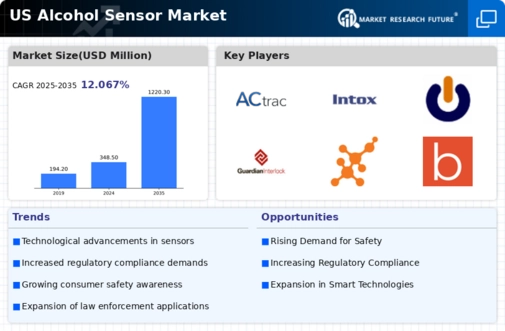
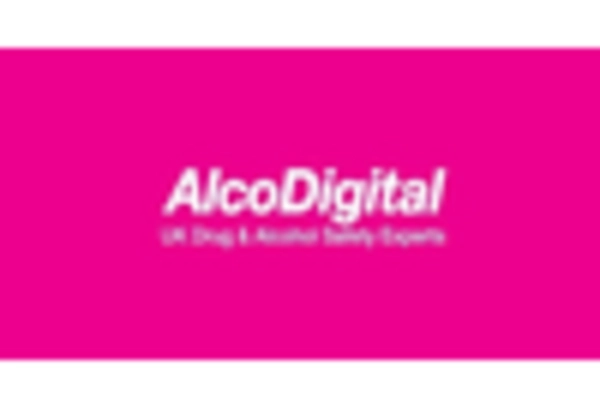
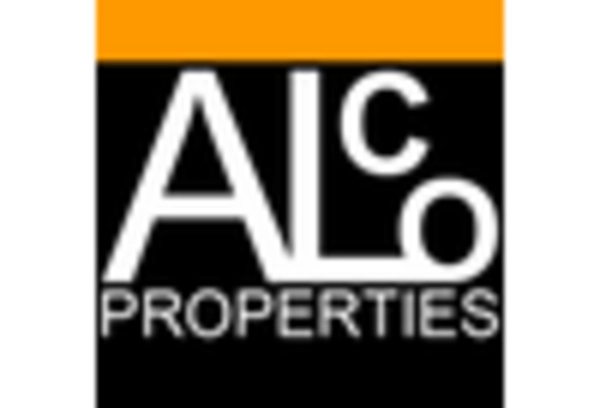
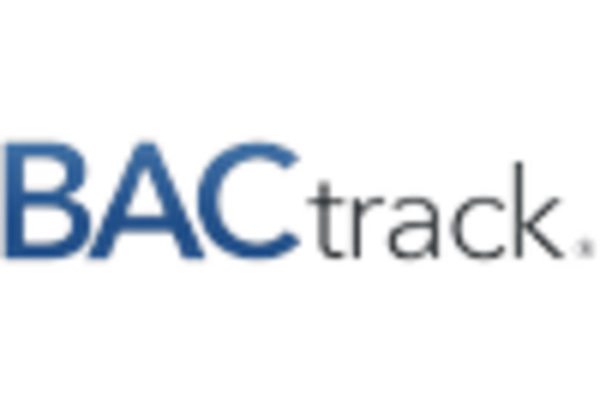
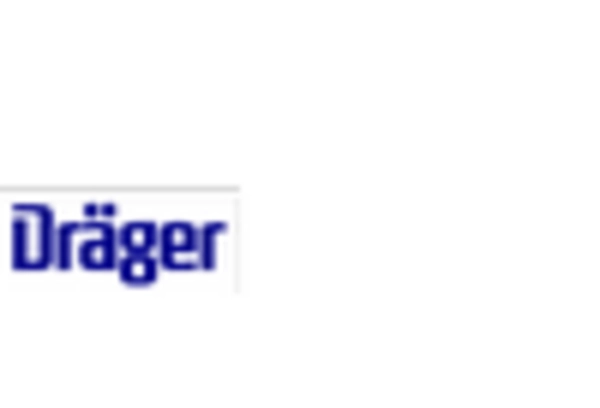
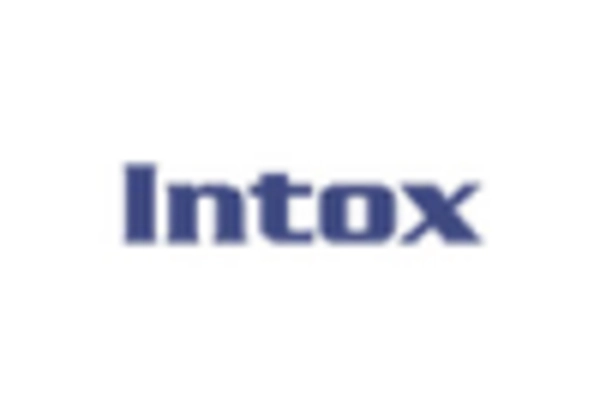
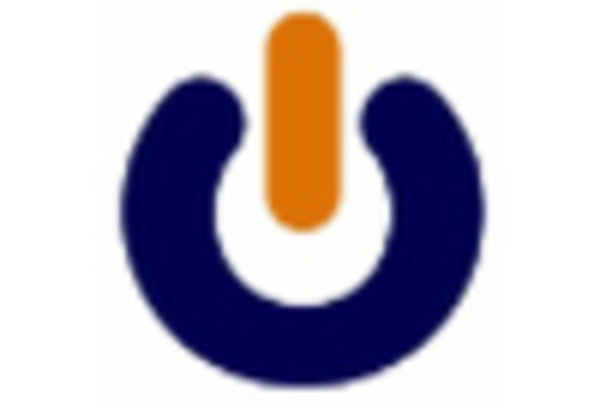








Leave a Comment